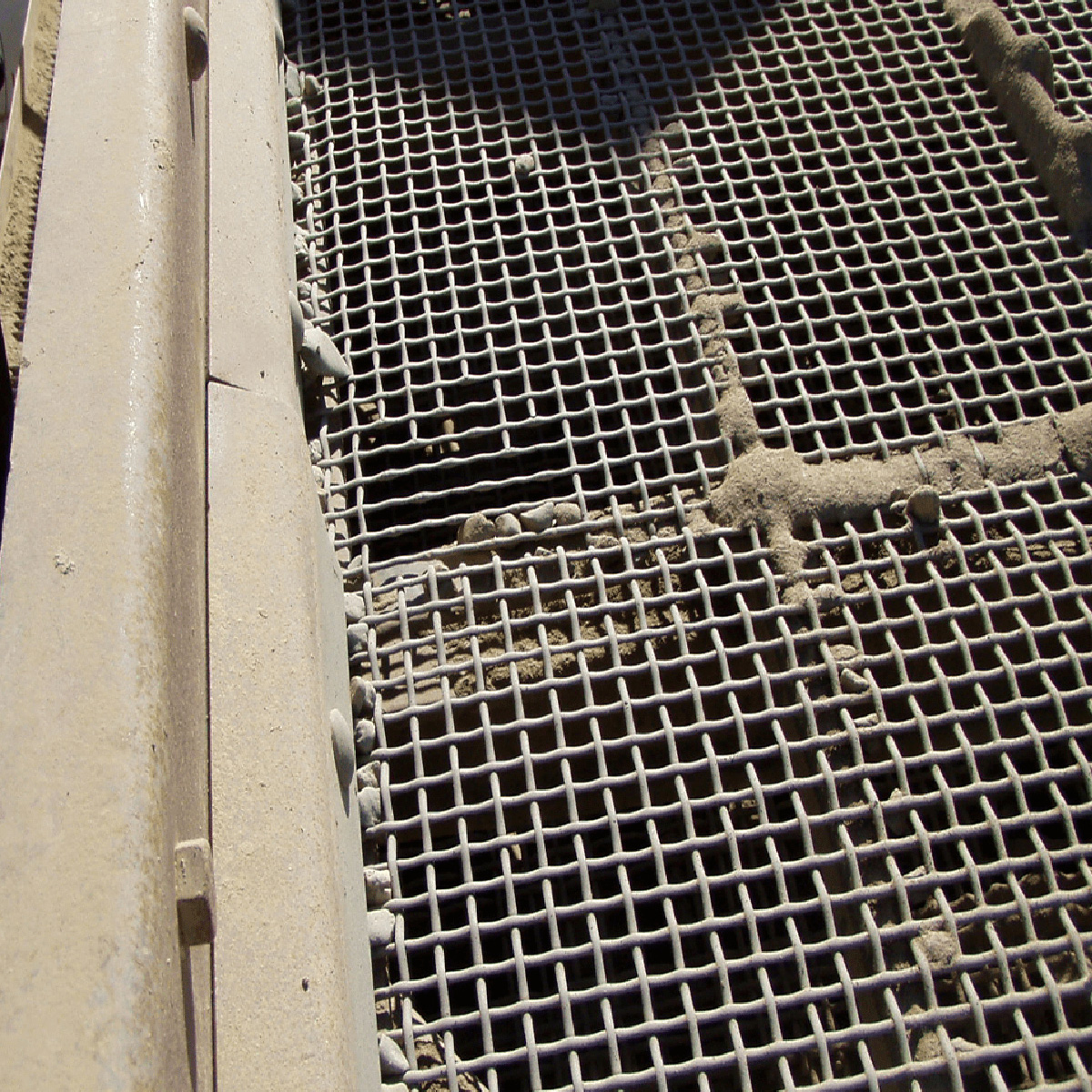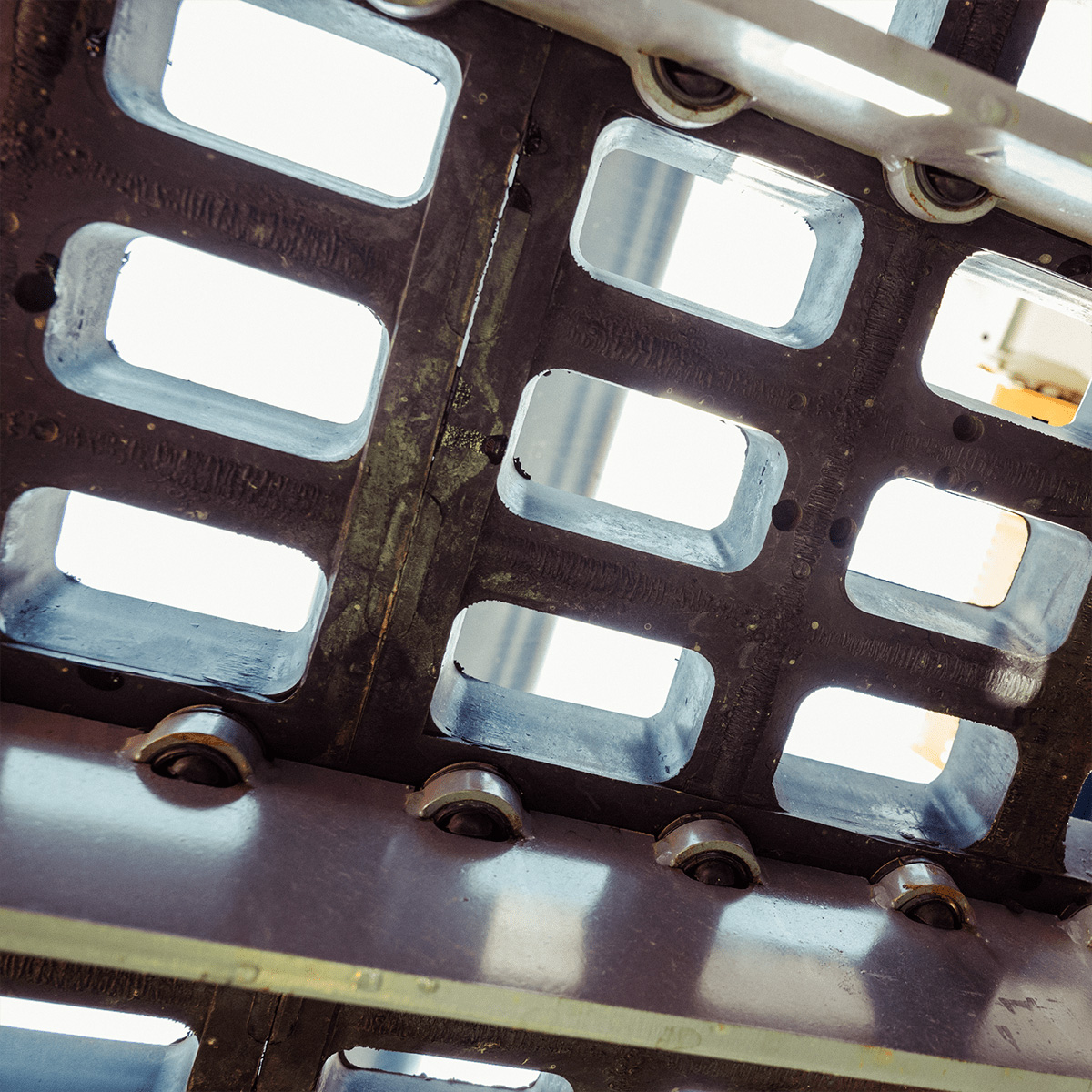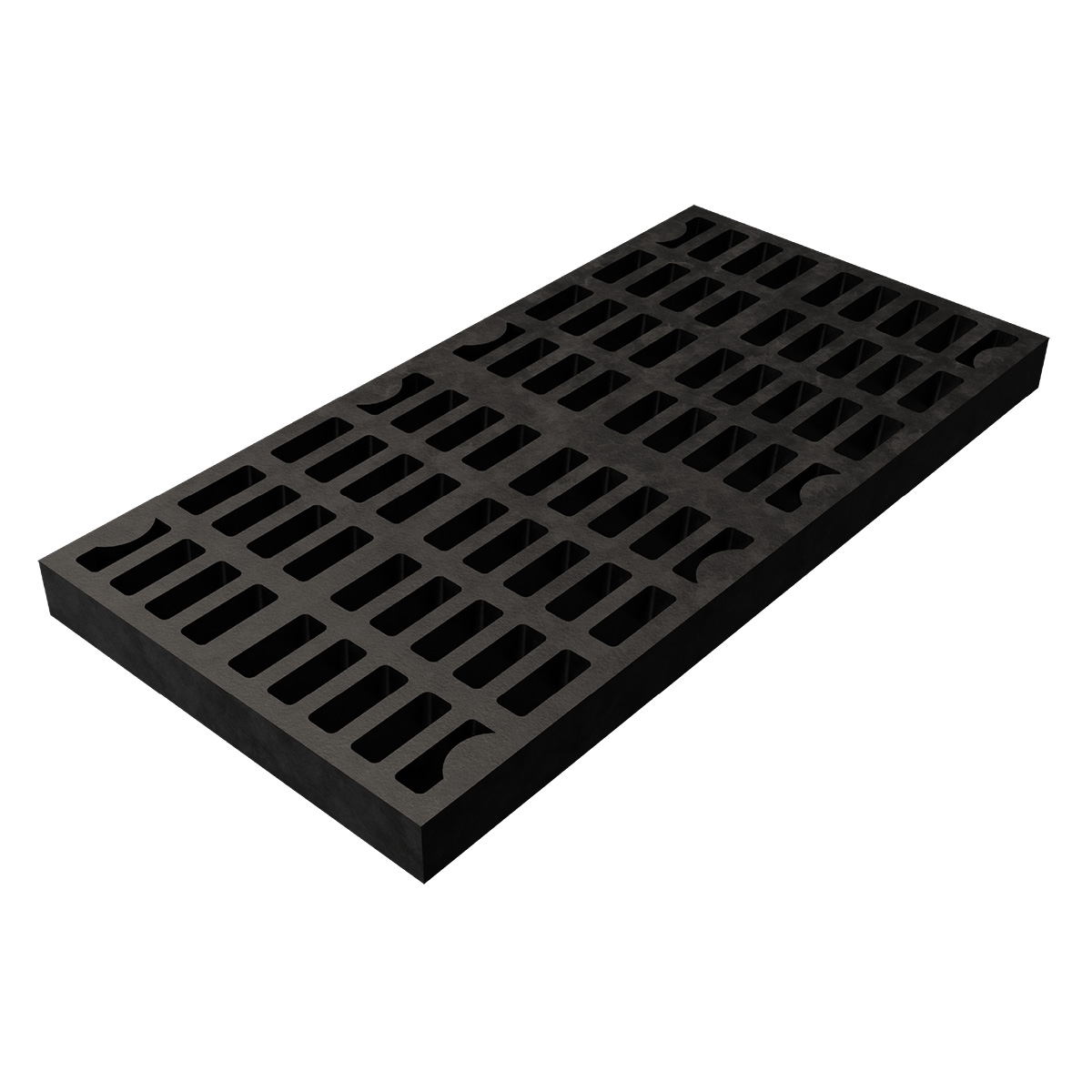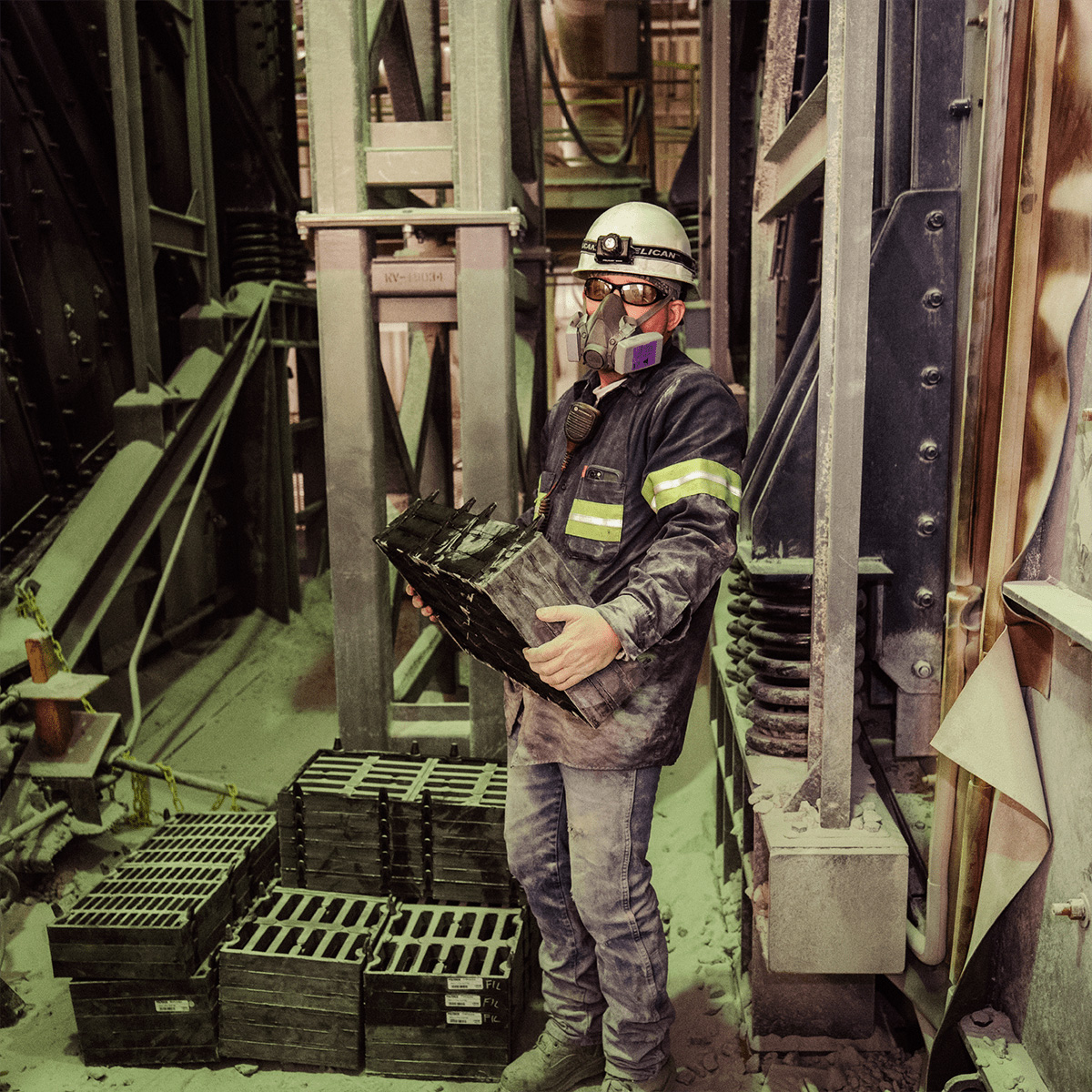TL;DR
- Pinto Valley, a 50-year-old operation, was facing bottlenecks and throughput limitations due to outdated screen media and legacy wear management practices.
- Polydeck Screening Experts evaluated the circuit and optimized the screen layout using RUBBERDEX panels made with FXR e XR rubber formulations.
- Panels with flexing apertures were added to reduce blinding, while tougher panels absorbed wear in the feed zones.
- Daily throughput increased from 48,000 to 60,000 tons per day—a 25% gain.
- Recirculating loads were reduced, wear life improved, and blanket changeouts eliminated guesswork in panel replacement.
The Hidden Cost of Legacy Screen Technologies
In long-running operations, it’s common to look at crushers, conveyors, or processing rates when throughput stalls—but screen media can be an overlooked contributor. Older panel designs or wear strategies that worked in the past may not align with current production targets.
When undersized particles bypass screening or recirculating loads build faster than the screen can clear them, even small inefficiencies in media layout or material selection can affect the whole circuit. Often, subtle adjustments in aperture shape, panel material, or zone placement can unlock hidden capacity—without needing to change the equipment itself.
The Challenge: Bottlenecks and Inefficient Wear Management
At Capstone Pinto Valley, a copper mine operating for over five decades, production teams were struggling to meet throughput goals. Their legacy screening setup included a variety of older technologies and media combinations that weren’t keeping pace with current production demands.
Site-specific challenges included:
- Persistent bottlenecks that slowed daily tonnage
- Screen media that didn’t balance wear resistance and flow
- Recirculating load buildup creating unnecessary system strain
- Difficulty predicting panel wear, leading to uneven changeouts and unexpected failures.
The mine needed a strategy to boost efficiency without a complete equipment overhaul—and that meant reevaluating the media.

The Solution: High-Wear Panels + Flexing Apertures
Polydeck Screening Experts approached the problem by analyzing total cost of ownership across the screen deck. They focused on using media that could extend wear life in high-impact zones while maintaining flow across the rest of the deck.
The final screen configuration used:
- RUBBERDEX® panels made with XR rubber formulation for longer wear life in the feed zones
- RUBBERDEX® panels with flexing aperture geometry to prevent blinding and maintain throughput
This combination helped absorb impact where needed while encouraging consistent stratification and material passage downstream.
To improve maintenance predictability, the team implemented a blanket changeout strategy. Instead of waiting for scattered failures or running panels to failure, operators now change all panels on a set schedule, minimizing guesswork and downtime.


The Results: 25% Throughput Gain with Lower Recirculating Loads
The optimized screen layout and smarter media selection delivered significant operational gains:
- Daily throughput increased from 48,000 to 60,000 tons per day
- Recirculating loads were reduced, freeing up system capacity
- Operating costs per ton decreased due to improved wear life
- Blanket panel changeouts simplified maintenance and improved uptime
This performance boost was achieved without making structural changes to the screen or adding capital equipment—just a smarter approach to media layout and wear strategy.

Why It Worked: Material-Specific Layout and Predictable Wear
The key to Pinto Valley’s success was in the details. High-wear panels were placed where impact was greatest, while flexing apertures in the remaining zones minimized blinding and allowed consistent flow. By tailoring panel placement to material behavior and adopting a consistent changeout schedule, the team improved screening performance while simplifying maintenance planning.
Perguntas frequentes
What impact can legacy screen media have on an aging circuit?
Legacy media designs can limit open area, blind prematurely, and wear unevenly—especially under modern throughput demands. This creates recirculating load strain, unpredictable maintenance, and hidden bottlenecks that reduce efficiency. Modernizing your panel layout and material choices can unlock significant gains without major equipment changes.

